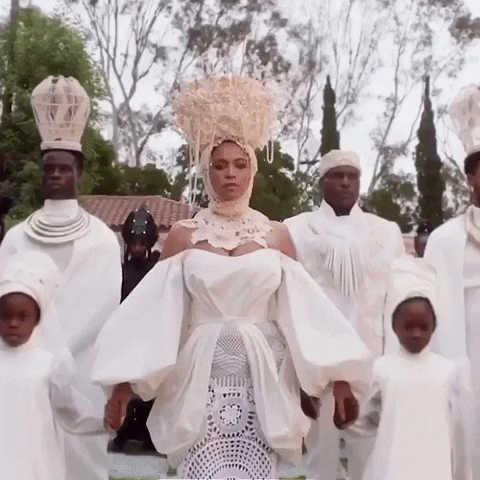Media Training in a Crisis: The Tip Sheet
- Mariela Azcuy

- Aug 12, 2020
- 3 min read
Earlier this year when travel was still a thing, I planned a visit to Miami for meetings. One of those was catching up with a smart woman I hadn't seen since high school graduation, Frances Marine Davis, who is an executive director of Communications at the University of Miami.
A few days before we were meeting, Frances told me she was speaking at a PR News Summit on Crisis Communications the same week and her co-panelist dropped out. She asked if I wanted to join.
This might have been the exact moment My Year of Stepping Out as a Communications Expert began. (Thank you for the push, Frances!).

The topic was Crisis Communications Media Training.
Media training in itself has its own set of considerations, and adding the crisis layer also adds a layer of complexity. The pressure is high, nerves are on edge and all eyes are on you and/or the spokesperson.
The good thing is that preparation can still do what it does best: relieve the pressure, calm the nerves, and turn the highly-visible moment into an opportunity to connect.
This is the Crisis Communications Media Training Tip Sheet, based on our conversation at the Summit.

Prepare for a crisis before you're in one. You shouldn't be starting from scratch when the you know what hits the fan. Anticipate potential pitfalls and have processes, chains of command, and draft statements detailed in a document. Review that document with key stakeholders at least once a year as business evolves. In magazine publishing, we always knew there was a possibility that someone -- especially a celebrity -- could dispute a quote, so we had a plan if that ever happened. Spoiler alert: it did.
Pick the right spokesperson. Nobody should be put in front of a journalist for the first time in a crisis. Make sure all your potential spokespersons have been baseline media trained, and give them real-world practice as soon as you can. Also, choose the right seniority level and expertise for the situation. Frances called this "speaking from the right position" and I've borrowed it (thanks, again!). Offering up a C-Suite executive signals a crisis of great severity. That may or may not be the case.
Know what you're up against. What is the POV of the media outlet and the journalist? What is current public opinion? You can check social media and/or conduct quick employee or customer interviews. Chances are the journalist will be doing that, too, so don't get caught off guard.
Involve a cross-functional team...up to a point. Work with them to uncover all the possible questions and prepare for the worst-case scenario. You can even practice by throwing rapid fire-questions your spokesperson's way. However, as you get close to the interview, minimize the group. As the communications expert, your voice should be the loudest and clearest at the end.
Draft a painfully simple position statement. Supplement that with three supporting messages. Think about what you want your audience to remember and how you want them to feel. If an apology is necessary, do it before it's demanded.
Lead with Confidence, Empathy, Facts. Confidence can be built up through mock interviews and focusing body language. Stakeholder research helps you understand other's POV and respond appropriately. And facts clarify misinformation and assumptions. Use pivoting techniques whenever necessary during the interview: "I don't have the answer to that, but what I do know is..." Frances also suggests using the right tool: "Use a sledgehammer when it's totally false and a chisel when it's partially true."
Speaking of body language, don't underestimate the role it plays. During the panel, I said: "Your body is the greatest storyteller of all." And while it reminded me of John Mayer (gross!), it also resonated with the audience based on social pick up. Focus on eye contact, hand gestures, and physical stance. Remember when R. Kelly leaned in and stood up menacingly in his interview with Gayle King? Nobody could claim that went well for him.
Communicate with employees first. Treat your employees like the VIPs they are. They can be supporters or detractors, and finding out about a crisis externally is a speedy way to make them detractors.
Create a positive. Ask yourself if you have an opportunity to meaningfully make good. A media interview is a great time to do it. It gets attention. That same attention is why your offer needs to be sincere above all. You don't want to be labeled a phony.
All other media training tips and tricks apply. Show up early. Drink water, not coffee. Remember that the interview is never over until the mics are off.



Comments